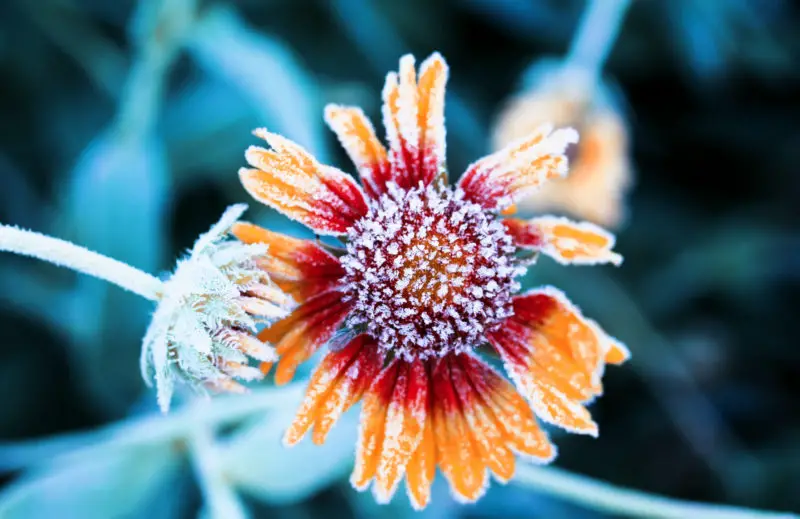
Many popular houseplants originated in the tropics or in semi-tropical areas. They’re very popular and houseplants have many benefits. However, cold night temperatures are likely to cause them damage.
To know if a specific plant will thrive in your area, it’s best to consult a plant hardiness zone map. The United States Department of Agriculture offers a map where annual extreme minimum temperatures are given for locations across the U.S. Gardeners use the map to understand if the plants they want to raise are likely to survive in their areas.
The USDA map is broken down into 13 geographic zones, and also shows sub-zones. You will find your zone by entering your zip code on the site or clicking on your state.
Let’s say, for example, that you live in Amlin, Ohio and you plan to have begonias in containers outdoors. Go to the USDA hardiness zone map and enter your zip code: 43002. Enter the Captcha code provided (to prove you’re not a robot). Your hardiness zone will appear at the top: Zone 6a, with winter temperatures that can dip down to -10 to -5 (F).
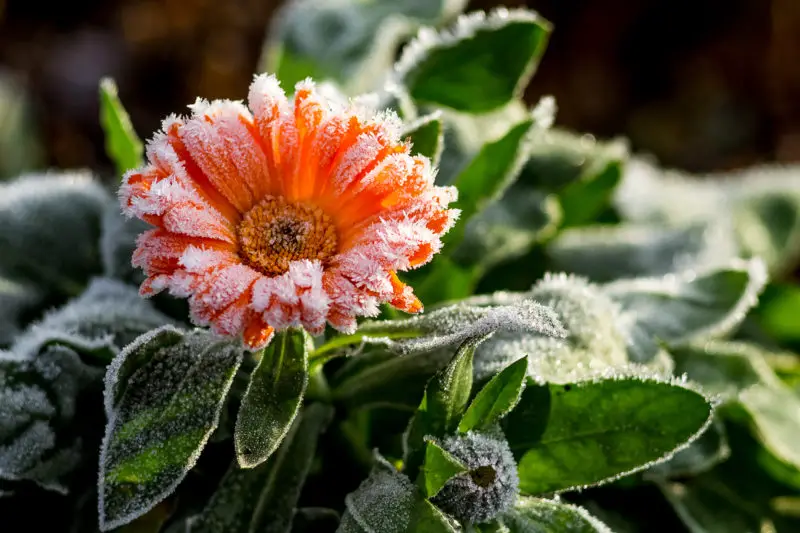
Will begonias grow in Zone 6a? You can find out by searching online or consulting gardening guides, or seed catalogs, or reading the instructions printed on the backs of seed packets, which usually show the best growing zones.
But the answer is, yes, begonias are what’s called “hardy to” Zone 6a. Come fall, you’ll naturally bring them indoors before frost.
Zone maps don’t claim to be absolutely accurate. You may find that some plants grow well in a zone not indicated for them, or that on the contrary, a recommended plant won’t grow at all.
Other conditions that exist in your particular corner of the world can affect plants. The quality of the soil, the amount of moisture and humidity, the heat and winds can create a micro-climate that’s not in the books.
Hanging baskets and houseplants in containers should be brought indoors before the temperature reaches below 45 degrees Fahrenheit at night. When you bring a plant indoors, take a good look at it, all around. If you notice that the plant is becoming root-bound, repot it into a container that’s at least 3 inches larger.
Inspect the plants you intend to take indoors for insects, damage, or disease. Mealy bugs, aphids, and other pests multiply quickly when brought into the warmer indoors. Remove any damaged parts, and treat the plants for pests or disease, if necessary.
Check the surface of the soil for signs of pests also. Treat plant diseases outdoors. Wash the pests off, then spray all of the plant and its soil with a reliable pesticide for houseplants. Allow the leaves to dry, then spray them with water again. Repeat the treatment after a week. Inspect the plant once every two weeks to discover any pests that have returned.
If your flowering plant has lived in a sunny spot, reproduce sunny conditions as best you can when you bring it indoors. Set it in a window facing south, or place it under grow lights.
You might want to wash nearby windows, to provide maximum light. It won’t be the same as being outdoors, but the added light will minimize the shock of adjusting to the indoor environment.
Don’t be overly concerned if you notice some leaf drop in plants that have been brought indoors. They need a little time to adjust to the new conditions.
Plants that you’re winterizing shouldn’t be watered as often as they were watered outdoors. This is to avoid waterlogging them while they’re indoors. Wait until the top 2-3 inches of soil are dry. You can tell by simply poking your finger in the soil. Then water with plant food for houseplants. However, once inside, houseplants won’t need further fertilizing for two to three months.
It’s likely that the warm, dry indoor environment won’t provide enough humidity. Spray your houseplants 2-3 times daily to keep the leaves green. You can also set the plants in groups, to conserve humidity, or set them in containers filled with gravel. Pour water just up to the top of the gravel. As the water evaporates, it humidifies the plant.
Must you cover flowering plants that stay outdoors in winter? Many plants, such as pansies and azaleas survive winter without being covered.
Talk to knowledgeable local gardeners, or to members of the gardening club, or to the manager of the local plant nursery, to find out if a plant will survive the winter outdoors. Remember that younger plants, or plants recently settled in their pots, are more likely to “feel” the cold than older, established ones.
Keep an eye on the weather. Windy nights are better for plants than cold, calm nights because the movement of air helps prevent layers of cold from developing near the soil. If your indoor space for container plants is cold, like a basement, garage, or shed, consider having a fan blow, pointing downward, in the area during the night, to imitate the wind.
Observe all safety precautions with electricity, of course.
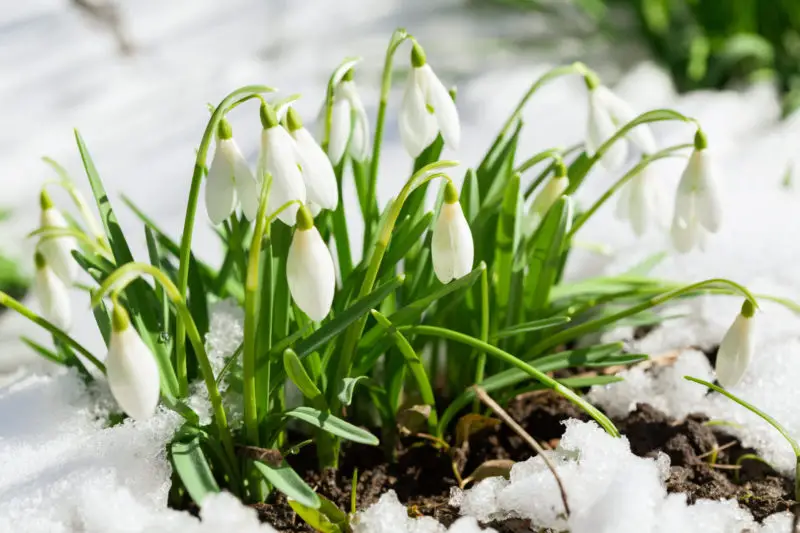
If you decide to leave your pots outside, place them close together. To help them stay warmer, wrap the containers in plastic. Cover the plants with cardboard boxes. Make the covers tent-like with sticks, to prevent them from touching the plants themselves. Anchor covers down with rocks or something heavy on the corners, so the winds won’t send them flying. Remove the covers in the day, when the temperature is above freezing.
Mulch also helps protect plants and shrubs. Put it down several inches away from the plant to conserve heat but not create conditions for rot. Another trick to keep plants warm is to sprinkle water around them. Water releases heat as it turns into ice. Or place five-gallon pails filled with water around the plants. This protects plants as does a pond or a swimming pool.
Recommended annual flowers that take the cold well are:
- Marigolds (calendula)
- African daisy (Osteospermum)
- Pansies
- Dianthus
- Petunias
- Decorative kale (not edible)
- Dusty miller
- Snapdragons
- Sweet Alyssum
- Geraniums
- Cyclamens

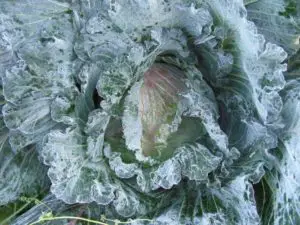
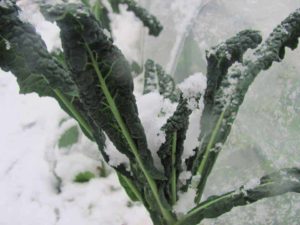
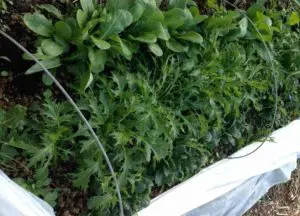
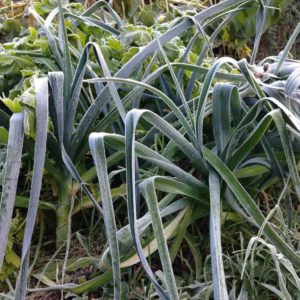
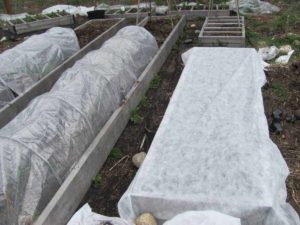
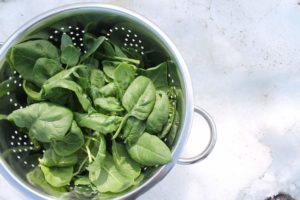
Easy to read and understand!! Thanks
Interesting Piece of work. Thanks!